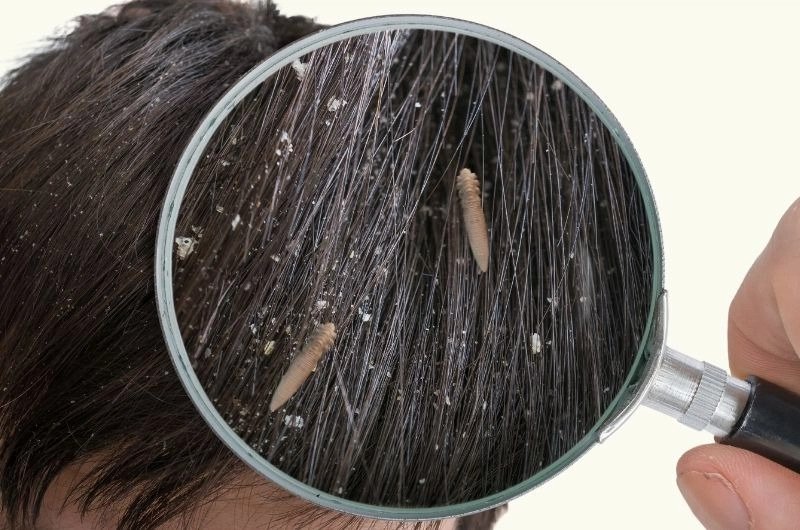
Dandruff is a common scalp issue that affects millions of people worldwide. From mild flaking to severe scalp irritation, dandruff can take various forms, each requiring a different approach for treatment. Understanding the different types of dandruff and their causes can help you choose the right solution for a healthier scalp.
What Causes Dandruff?
Dandruff occurs due to an imbalance in the scalp’s natural oil production, microbial activity, or external factors like hair products and weather changes. Identifying the specific type of dandruff is key to effective management.
Types of Dandruff and Their Characteristics
1. Dry Scalp Dandruff
- Caused by lack of moisture, leading to flaking and itchiness.
- Flakes are small, white, and dry.
- Common in cold weather or with excessive shampooing.
2. Oily Scalp Dandruff (Seborrheic Dermatitis)
- Results from excess sebum production, leading to greasy yellow flakes.
- Often accompanied by red, inflamed skin.
- Aggravated by stress, hormones, and poor scalp hygiene.
3. Fungal Dandruff (Malassezia-Induced)
- Caused by an overgrowth of Malassezia yeast, a naturally occurring fungus on the scalp.
- Leads to itchy, scaly patches and persistent flakes.
- Often requires antifungal shampoos or medicated treatments.
4. Product Build-Up Dandruff
- Caused by excessive use of hair sprays, gels, and styling products.
- Leads to flaking and residue on the scalp.
- Can be prevented by regular scalp cleansing and exfoliation.
5. Psoriasis-Related Dandruff
- An autoimmune condition that leads to thick, silvery-white scales.
- Can spread beyond the scalp to the forehead, neck, and ears.
- Requires medical treatments like corticosteroids and specialized shampoos.
How to Treat Different Types of Dandruff
- Use the Right Shampoo – Choose medicated shampoos with ingredients like zinc pyrithione, salicylic acid, ketoconazole, or coal tar.
- Maintain Scalp Hygiene – Avoid overwashing or underwashing and use lukewarm water.
- Moisturize if Needed – Dry dandruff benefits from hydrating scalp treatments like coconut oil or aloe vera.
- Manage Oily Scalp – If excess oil is an issue, try lightweight, non-comedogenic hair products.
- Consult a Dermatologist – If dandruff persists despite treatments, seek professional diagnosis.
Conclusion
Dandruff comes in various forms, and knowing the specific type you have can help in choosing the most effective treatment. Whether it’s due to dryness, excess oil, fungus, or product build-up, targeted care can restore scalp health and prevent further issues. If over-the-counter remedies don’t work, a trichologist or dermatologist can provide specialized guidance for long-term relief.

